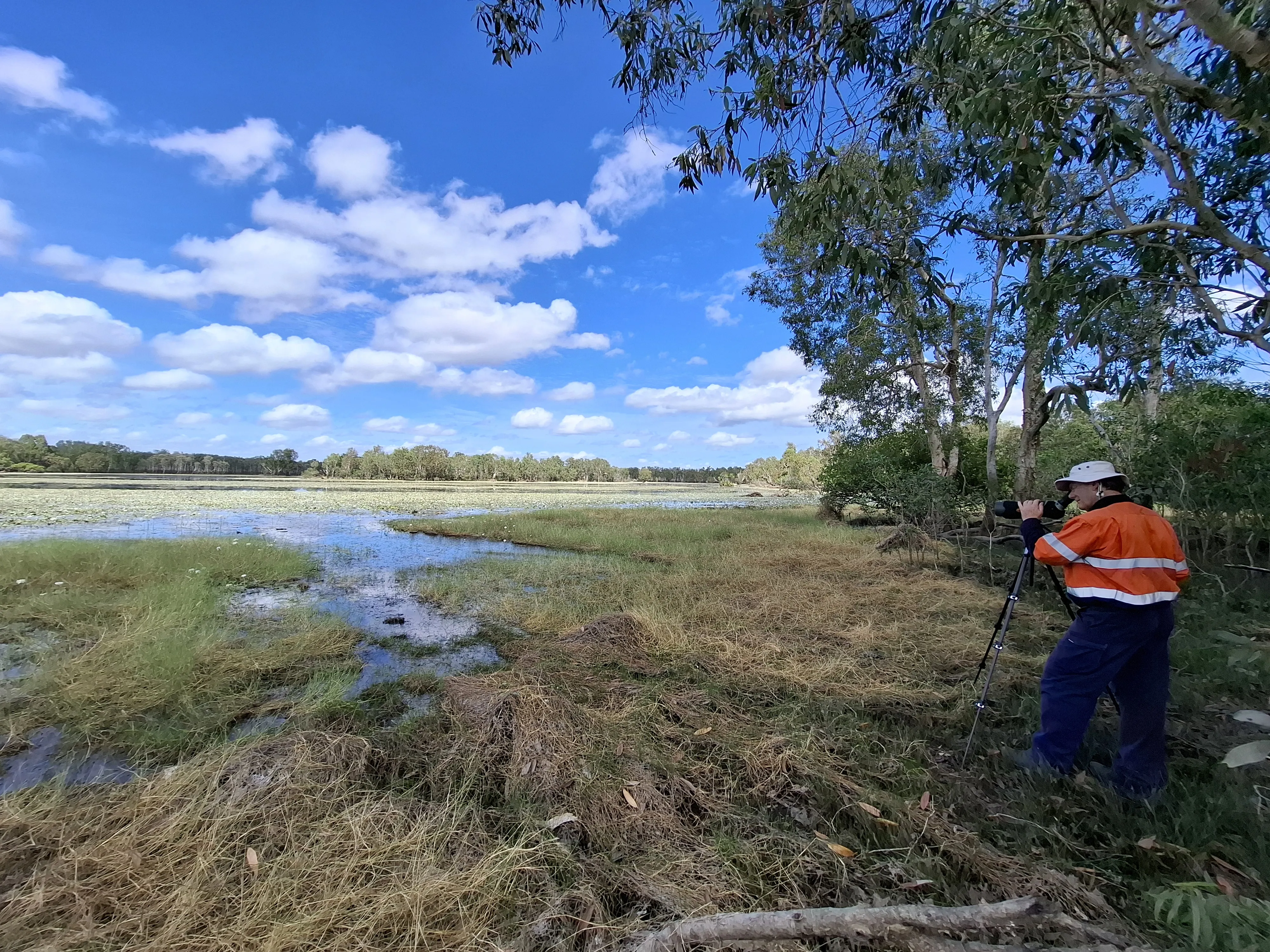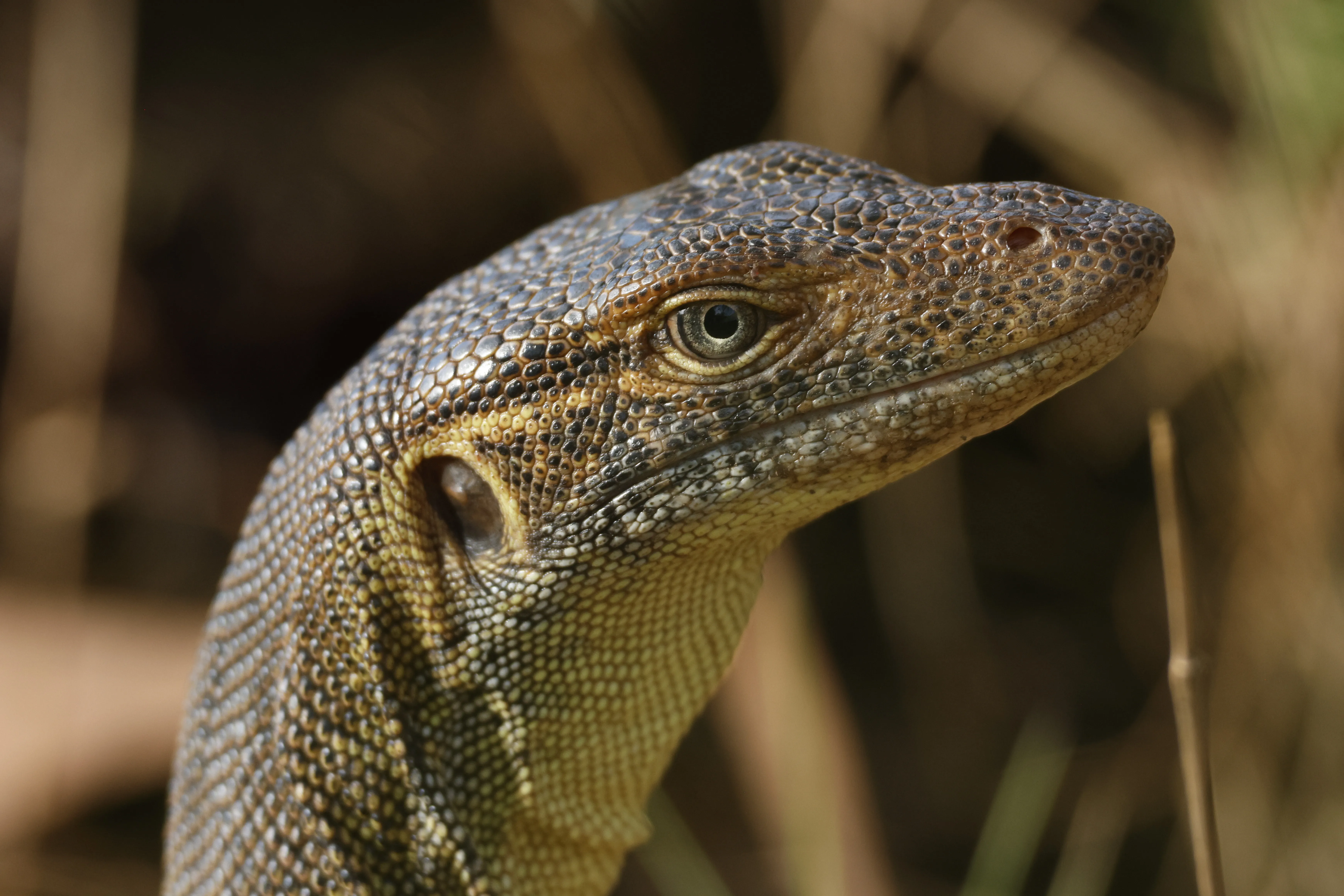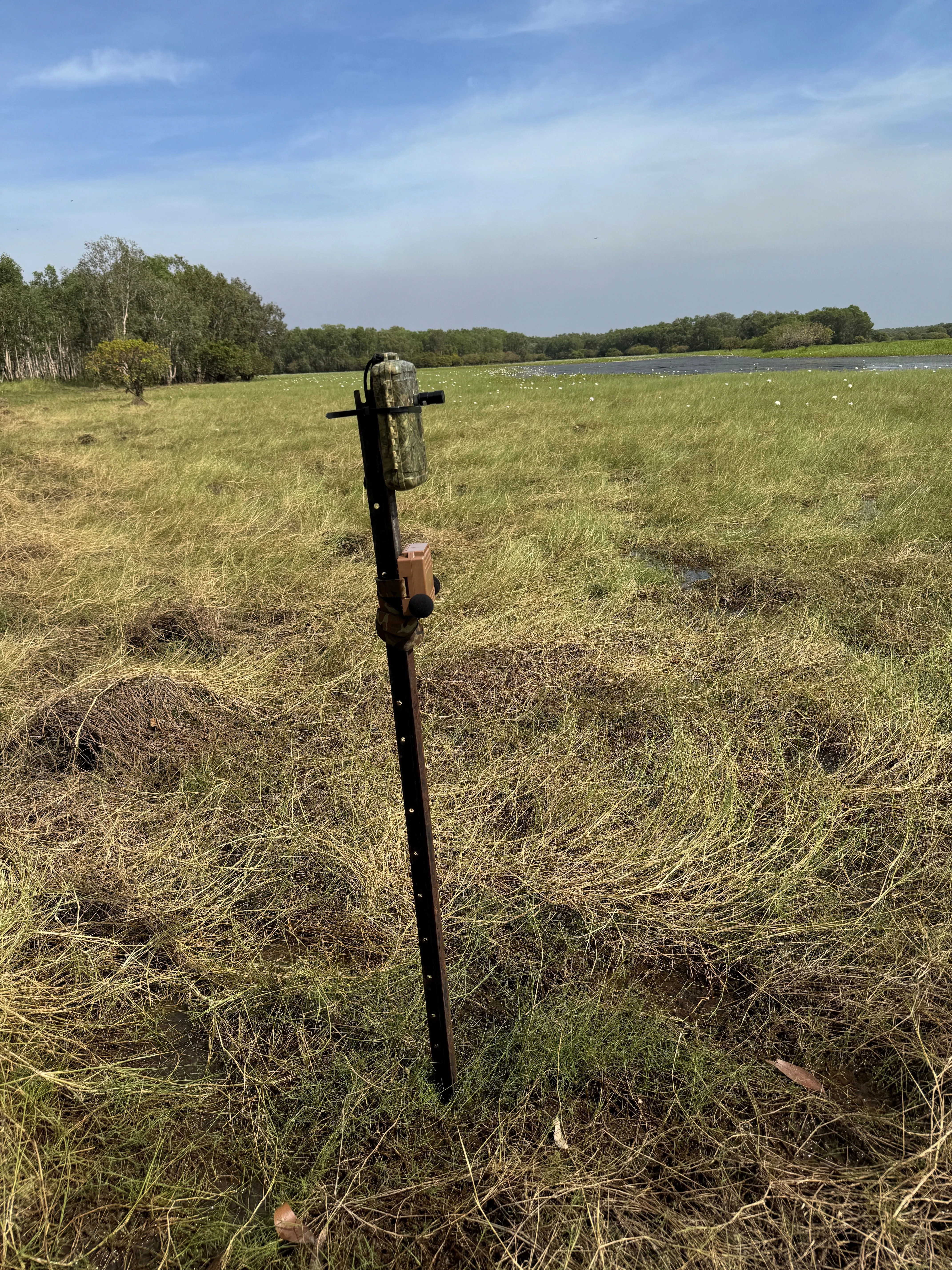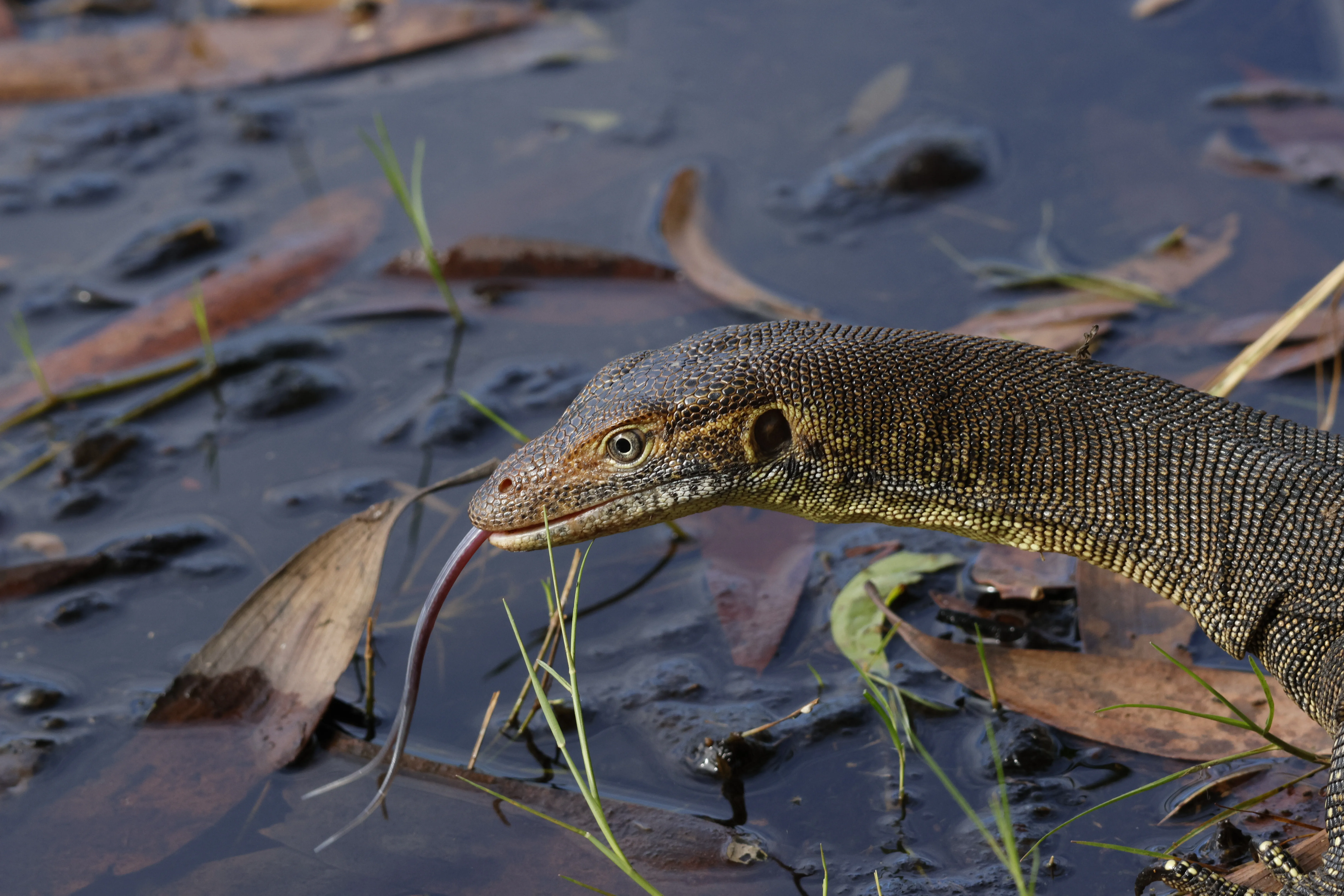
Project Sea Dragon
Seafarms Group Limited proposed to develop a substantive aquaculture project located on the Legune coastal floodplain within the extreme north-west corner of the Northern Territory.

Client: Energy Resources Australia
Project: Ecological Health Assessment
Timeline: 2023 – present
Ranger mine is located eight kilometres east of Jabiru and 260 kilometres south-east of Darwin, in Australia’s Northern Territory. Mining production at Ranger ceased in January 2021, with focus now shifting to rehabilitation and closure, and is subject to extensive ongoing ecological assessments to facilitate its eventual incorporation into Kakadu National Park.
Energy Resources Australia provided Austecology with a Scope of Works to implement a survey program for Aquatic and Semi-aquatic Vertebrate Fauna. The objective of the work is to support a whole of ecosystem assessment approach to investigating the characteristics of different ecological components under various electrical conductivity exposures.
The survey program was to replicate previous work conducted in 1996 and 2004 as faithfully as possible, and to produce a report detailing results.
The field survey program comprised three survey events:
Survey 1
A survey event investigating wetland values for migratory shorebirds (though also waterbirds generally) at a time when migratory species are moving through northern Australia and surface water is scarce.
Survey 2
A survey event investigating wetland values for reptiles and frogs under early wet season conditions.
Survey 3
The most comprehensive survey program and to be implemented under late-wet season conditions targeting turtles, monitors, frogs, microbats, and waterbirds.
A variety of standardised survey methodologies were developed to allow data comparisons between wetlands and treatment categories. Standardised observational methodologies were implemented by boat and on land around wetlands.

During the planning phase initial risk assessments flagged the potential of serious risk to personnel conducting survey work around billabongs at night from crocodile and buffalo.
This posed a direct challenge to our team’s ability to replicate the methodologies performed in the original survey work, especially with respect to Frogs which were a key functional group.
Austecology was asked to find a solution that would allow safe operations and achieve comprehensive coverage of the necessary key species. To solve this problem a passive acoustic monitoring (PAM) approach was chosen, allowing for scheduled audio recording of frog vocalisations that could later be analysed in the office to identify species.
PAM accompanied a suite of methodologies including ultrasonic surveys for microbats and standardised ground search techniques.

The survey program was implemented without incident, with a total of 253 native vertebrate fauna species recorded – 35 mammal, 35 reptile, 18 frog, and 165 bird species.
A total of 80 ‘key species’ were recorded – 1 mammal, 9 reptile, 18 frog, and 52 bird species, increasing the previous total from prior works by 4 species.
Austecology has been subsequently commissioned to design and implement a terrestrial vertebrate fauna monitoring program that will serve as the framework to monitor approximately 700 ha of rehabilitation areas for a nominal period of 25 years.



Seafarms Group Limited proposed to develop a substantive aquaculture project located on the Legune coastal floodplain within the extreme north-west corner of the Northern Territory.

The Coomera Connector (sometimes referred to as the Second M1), is a future state-controlled road extending some 45 kilometres from the northern Gold Coast to Loganholme.